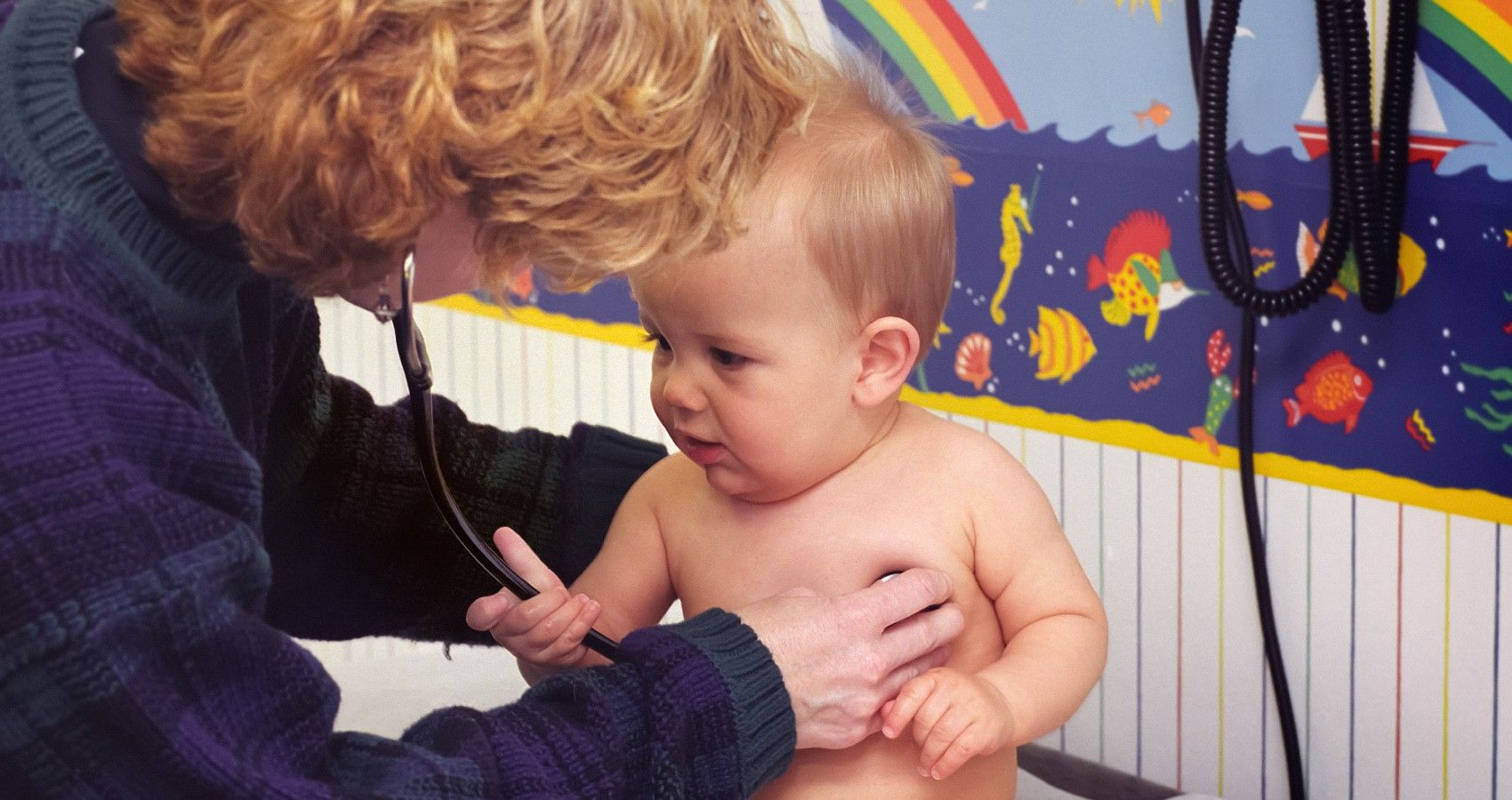The CDC and AAP have updated their developmental milestones for the first time in 20 years. When it comes to milestones, mom is always watching her baby to make sure that they hit them when they are supposed to. While this can be healthy, it can also be damaging to a mom’s mental health, especially if they are comparing their baby to others in playgroups. While all babies will develop at their own pace and on their own schedule, doctors and medical professionals will often use them to look for any developmental delays and other diagnoses.
According to CNN, developmental milestones for children have changed for the first time in two decades, and parents will want to pay attention. These changes can be read on the AAP website, which can be found here.
The guidelines were updated because infants and toddlers should be screened more for developmental delays and this prompted them to update the checklists that are used to monitor the development of infants and toddlers. When it came to who updated these, it was a group of eight experts in different areas of child development, and this is the first time they were reviewed since they were introduced in 2004.
The previous milestones used 50th percentile milestones, which means that half of the children were expected to achieve a milestone at a specific age. This has now been changed to the 75th percentile. This change will ensure that there is no unnecessary concern while ensuring that children who need to be screened are assuring that they can get diagnosed and treated earlier.
The issue with the previous guidelines is infants who were hovering near the middle (in the 50th and 60th percentile) would often cause confusion since they were so close to the median. Doctors wondered if these children should be further screened for developmental delays.
All the changes mean that children can get diagnosed early, and medical experts know that early intervention and treatment are vital for the wellbeing of the child. Some of the other changes that have been made are adding checklists at 15 and 30 months of age, adding social and emotional milestones to the checklist, removing vague language like “may” and providing open-ended questions to encourage more dialogue between parent and medical provider. These new guidelines will ensure that all infants and toddlers will be screened effectively, and none will slip through the cracks.

